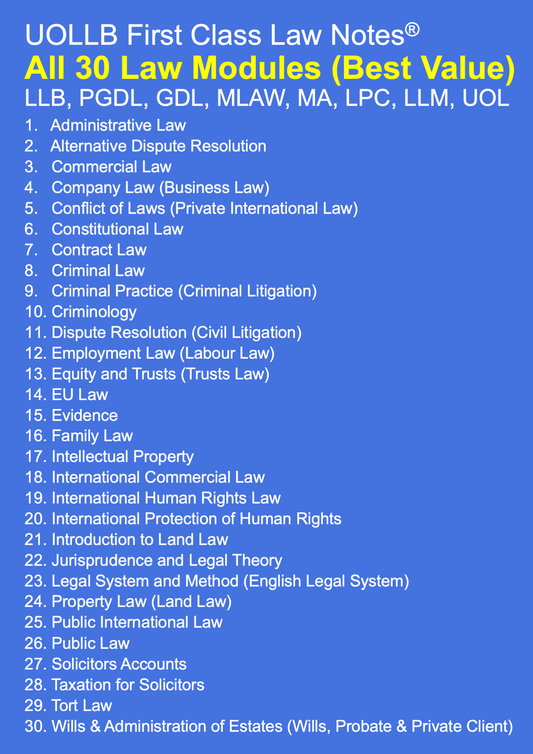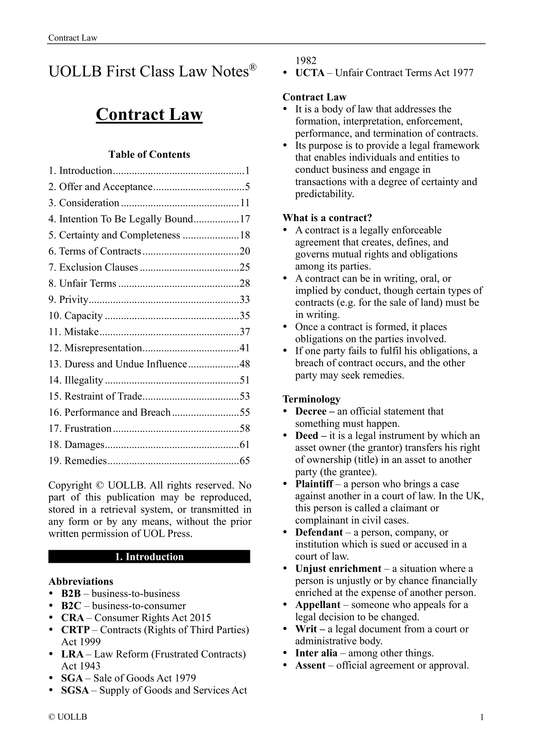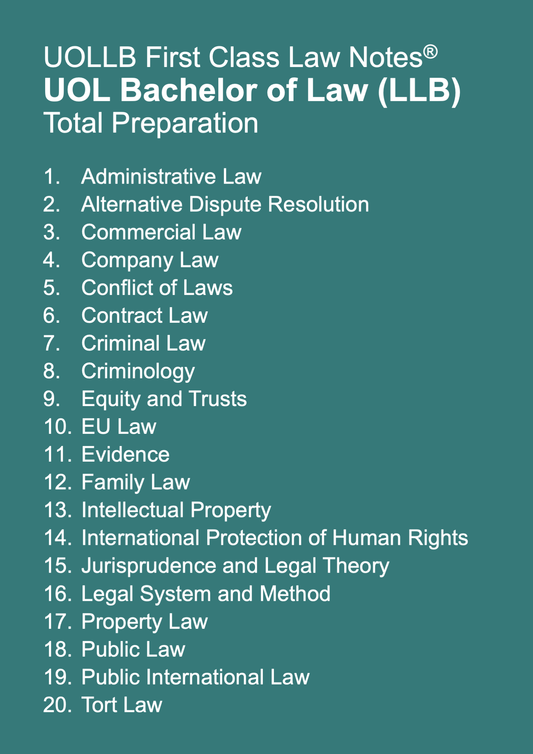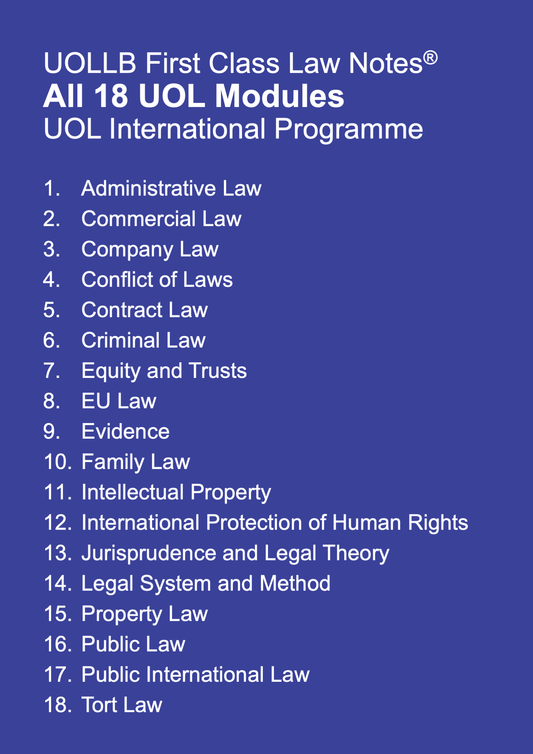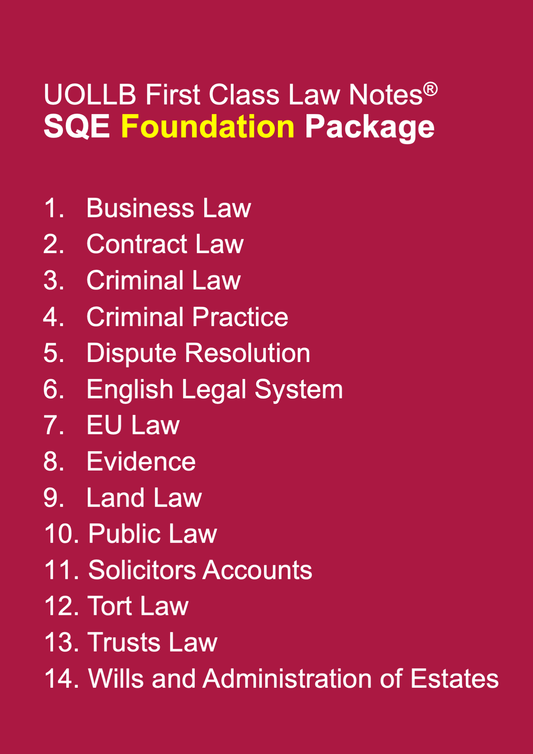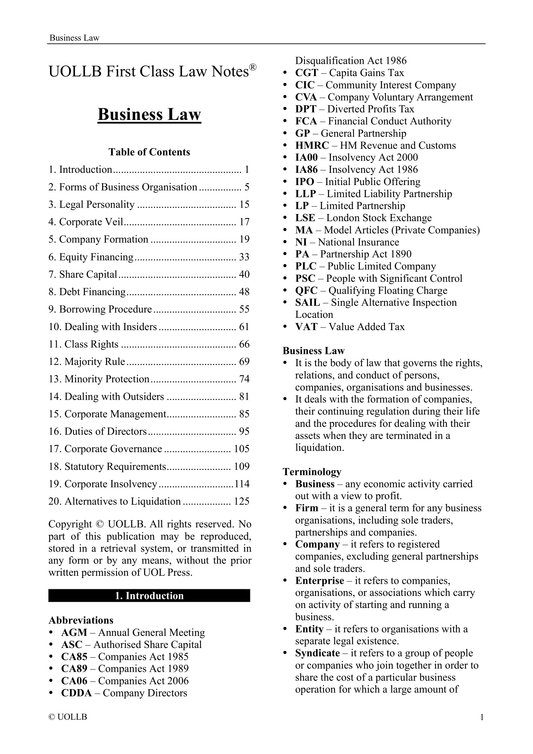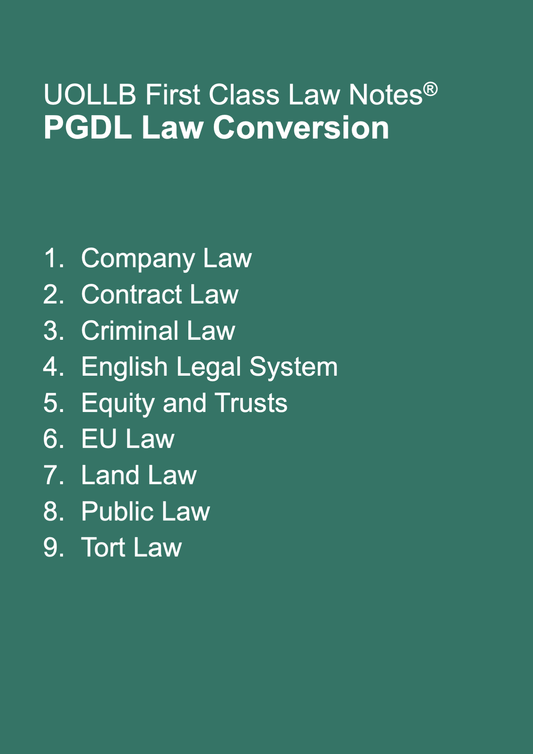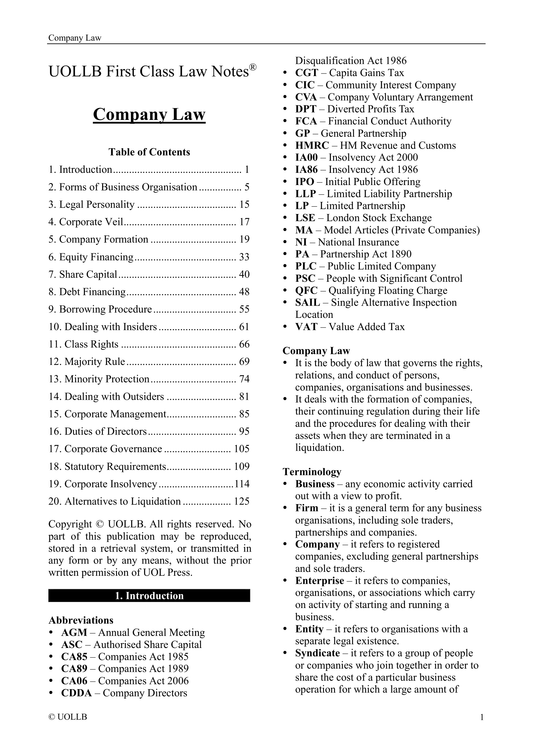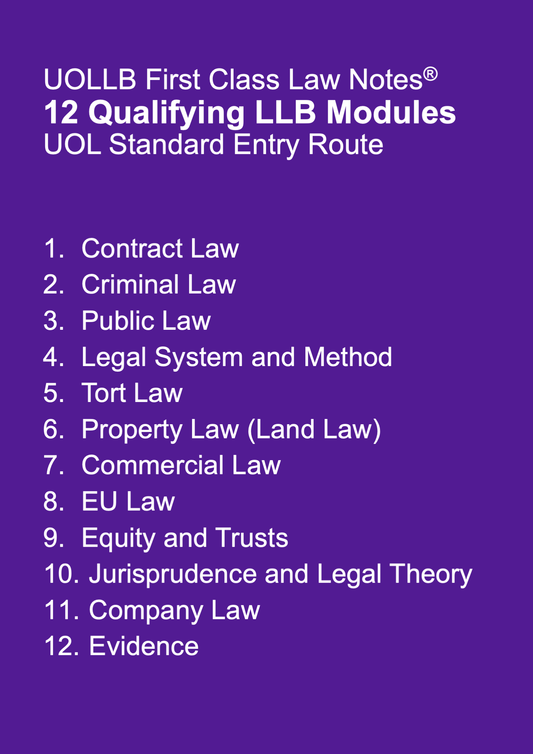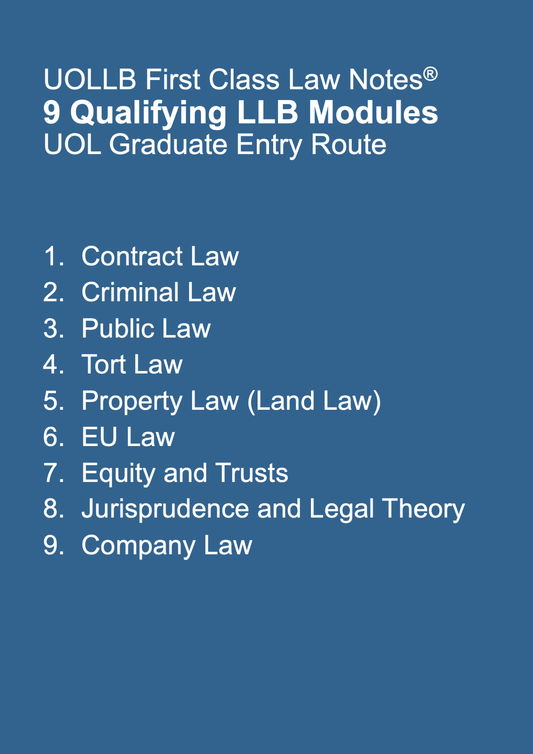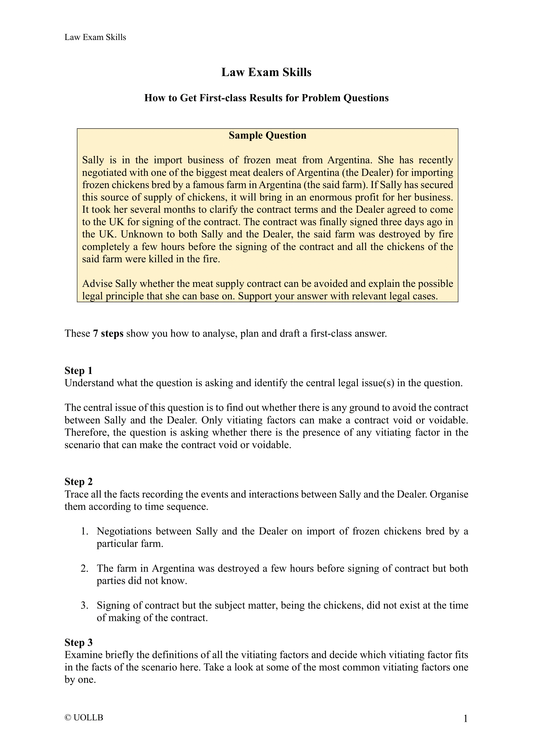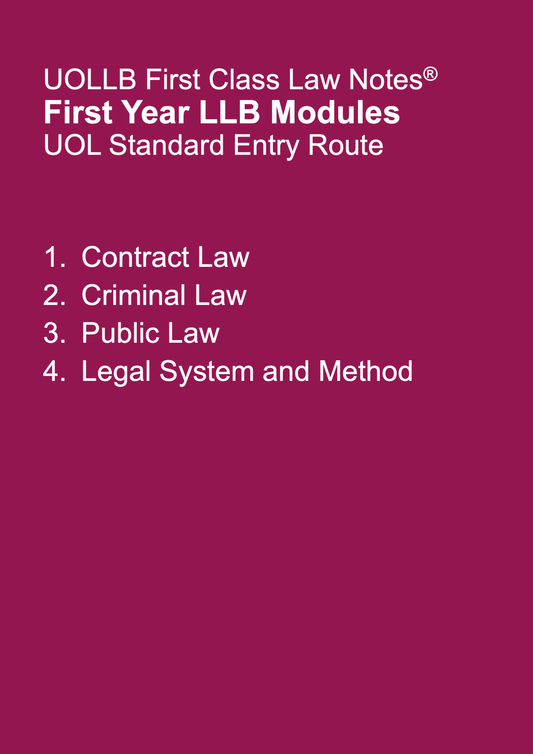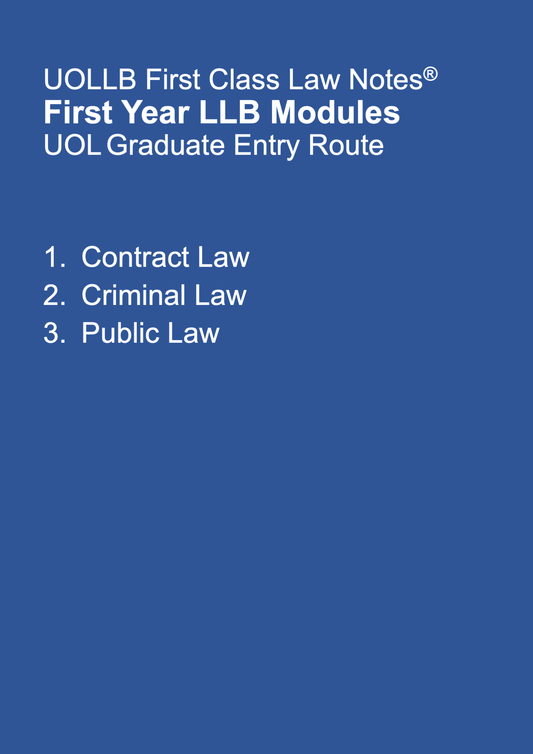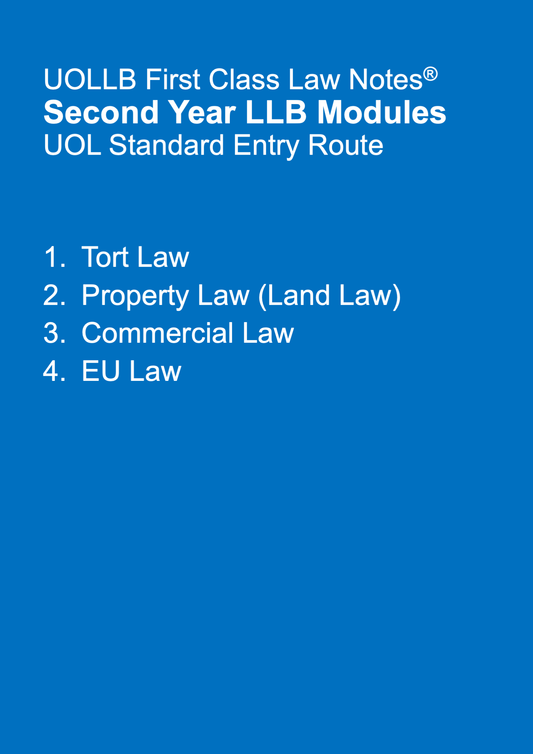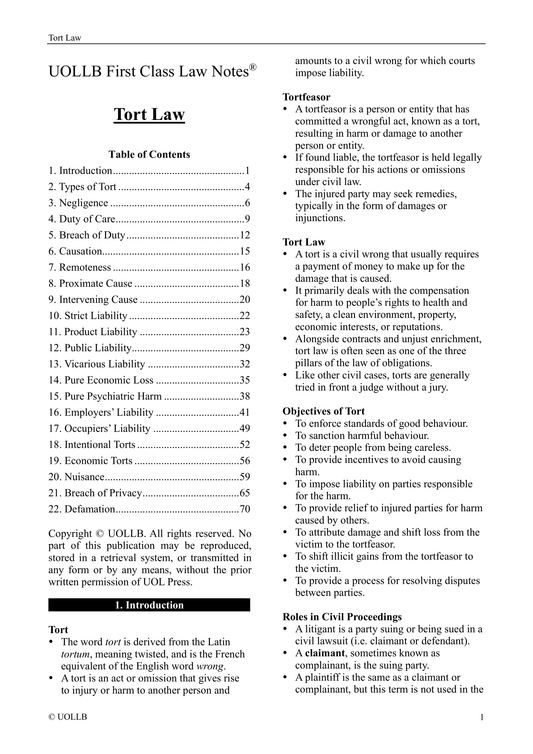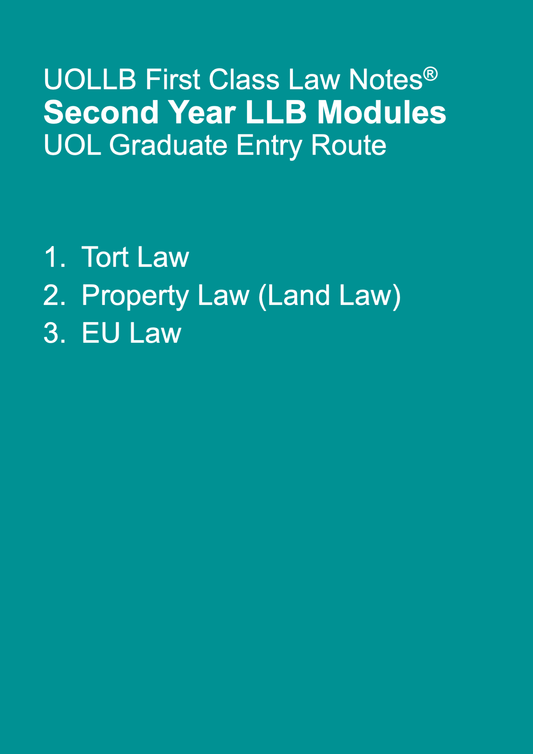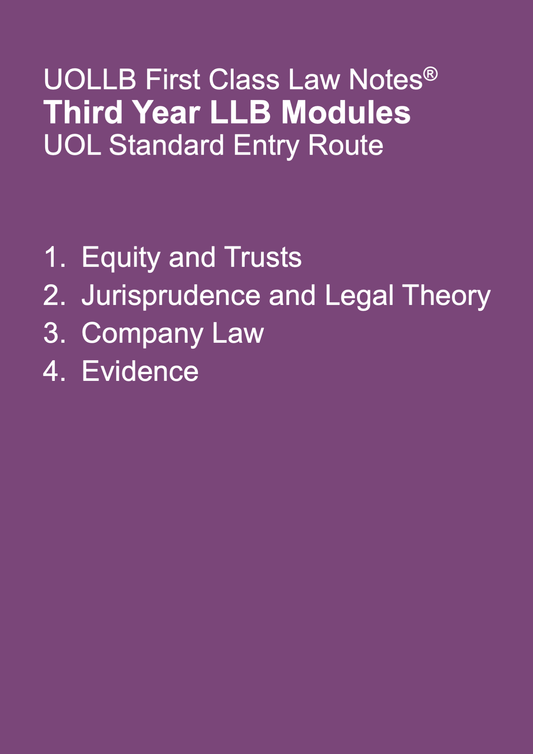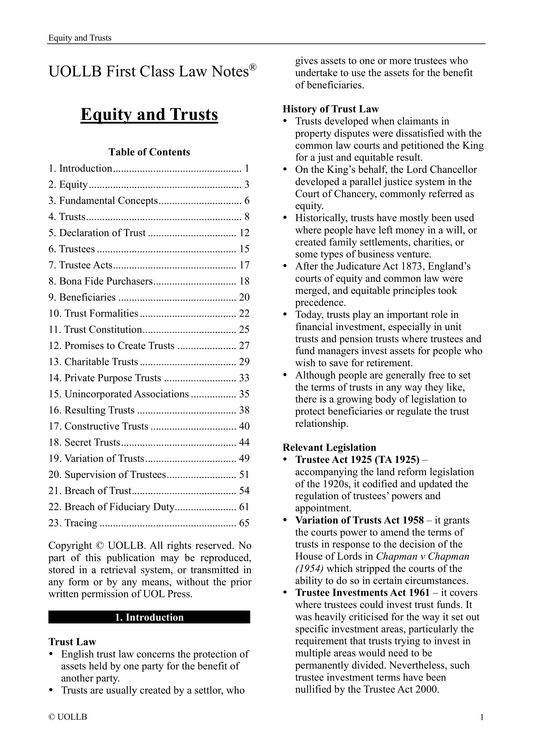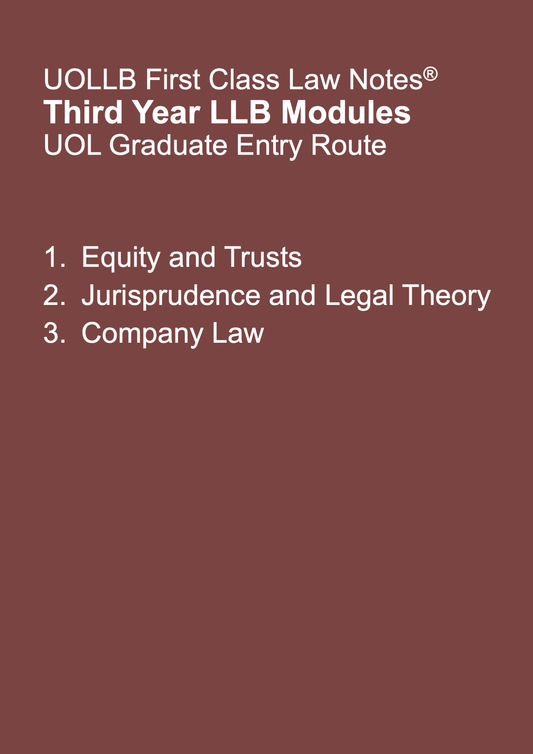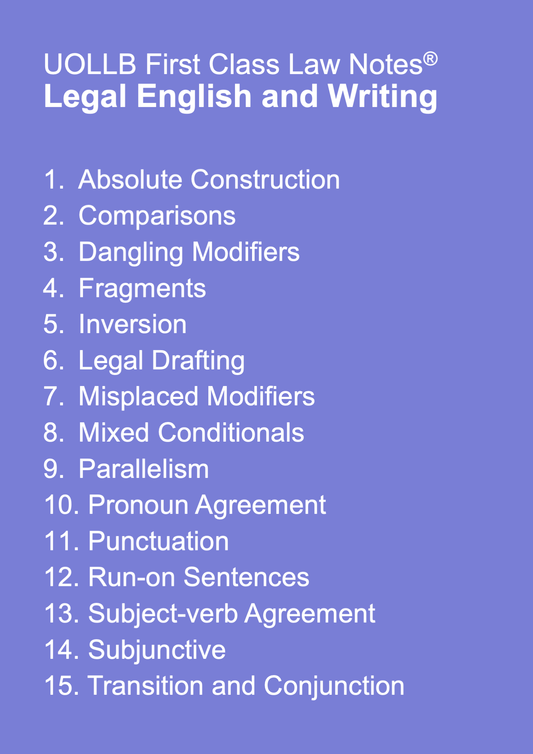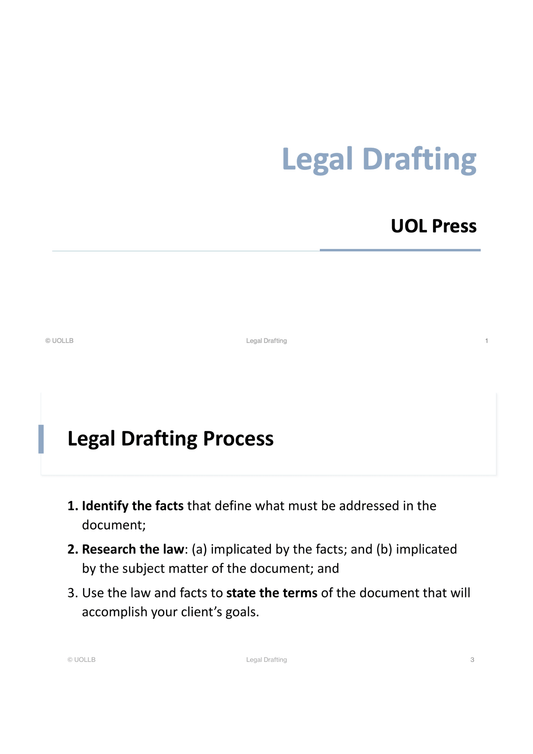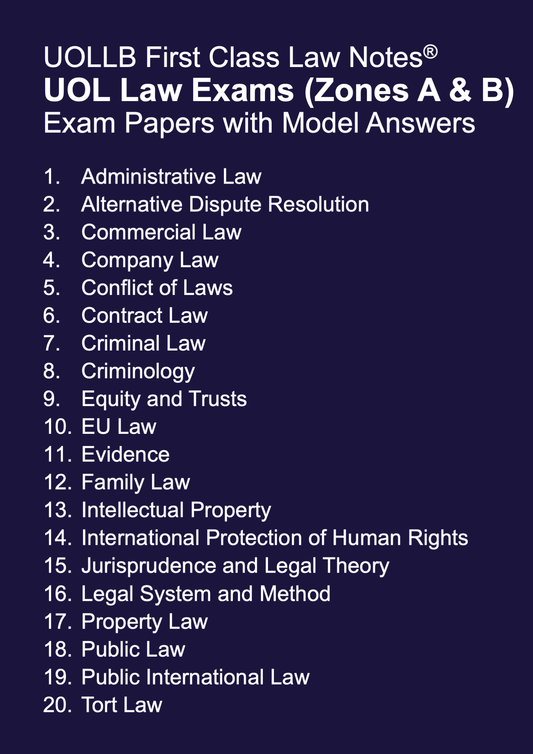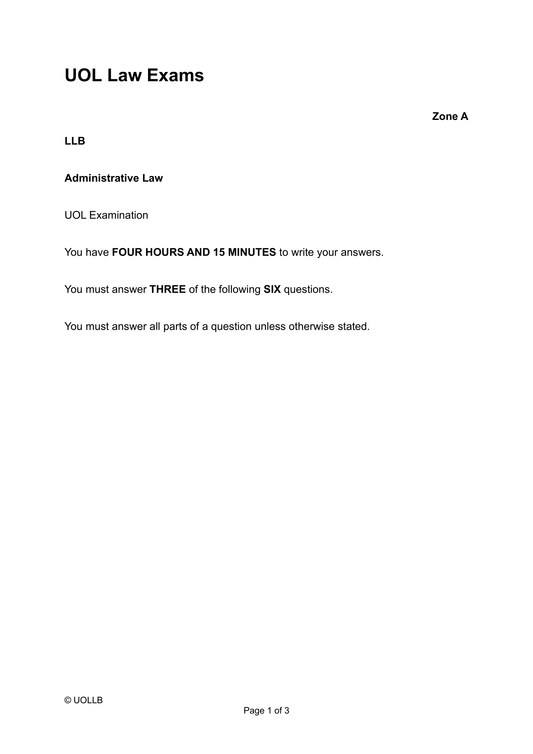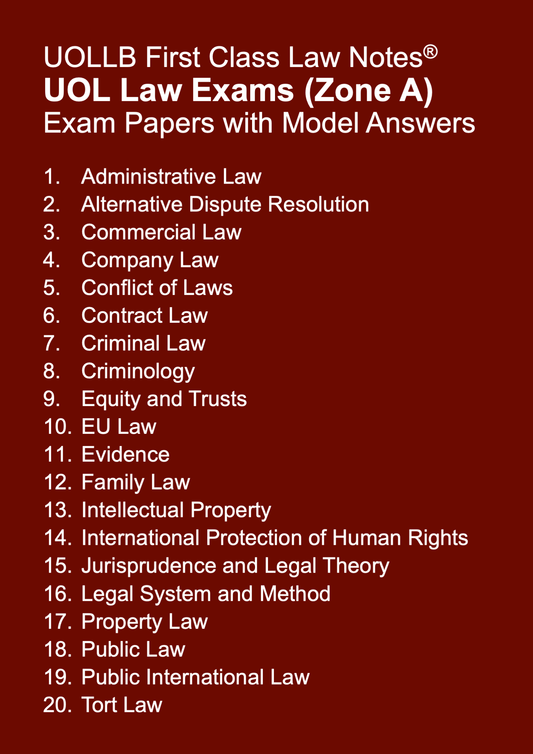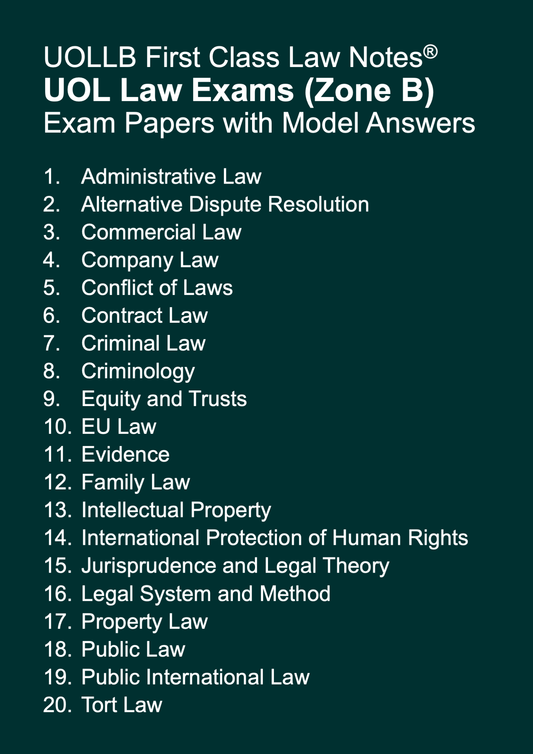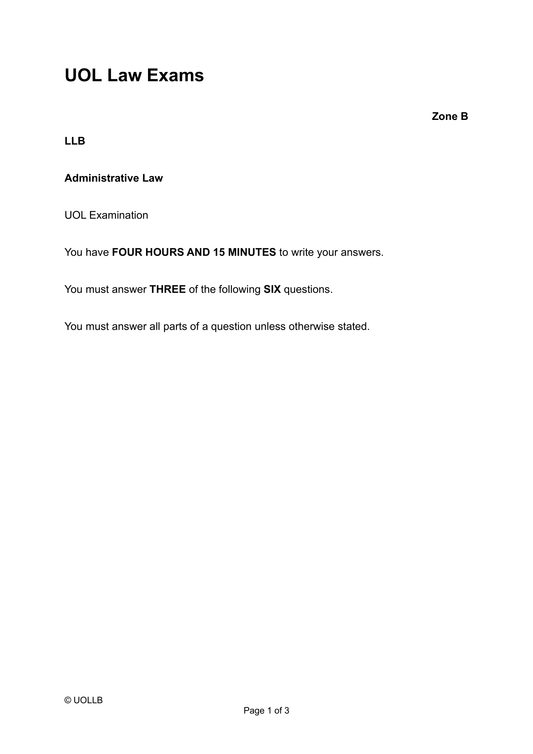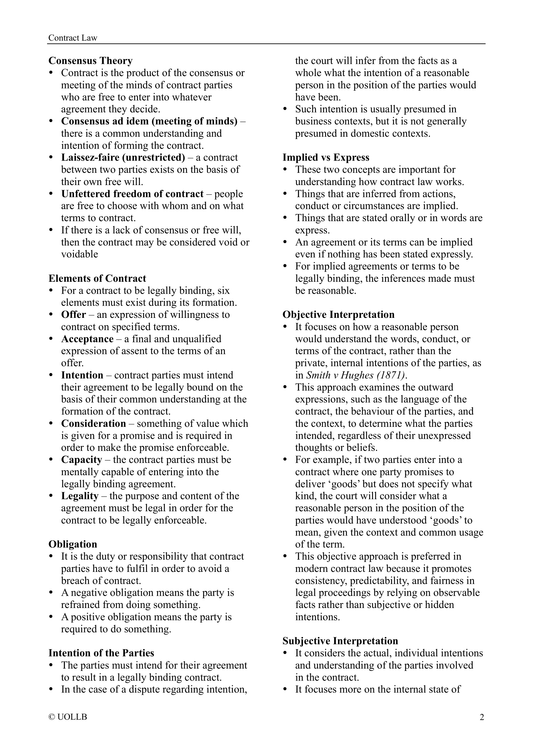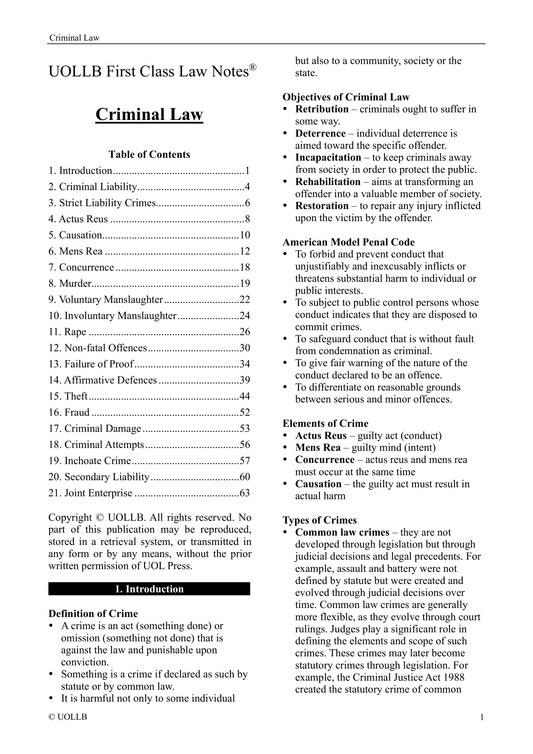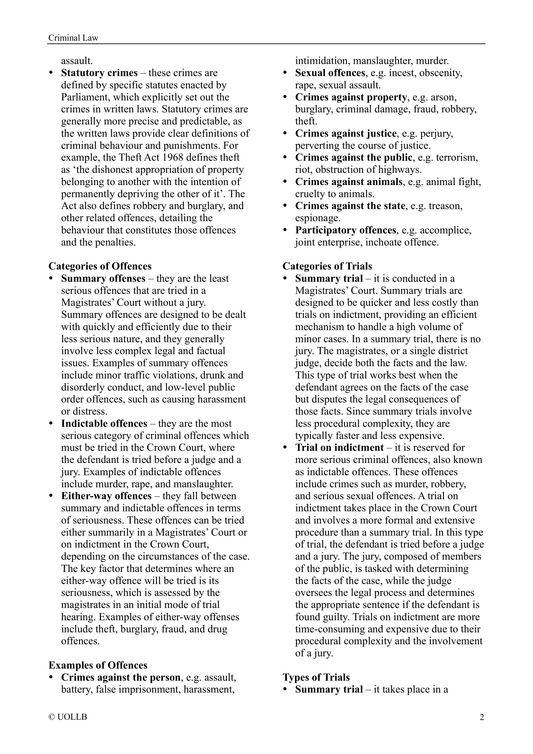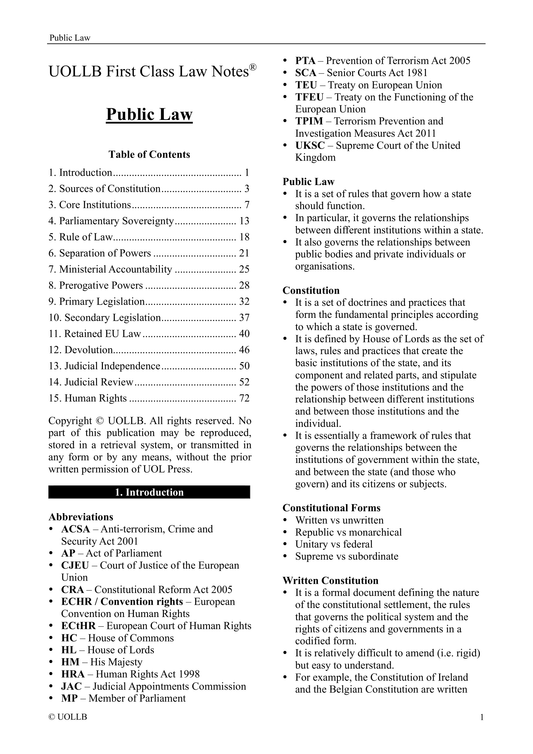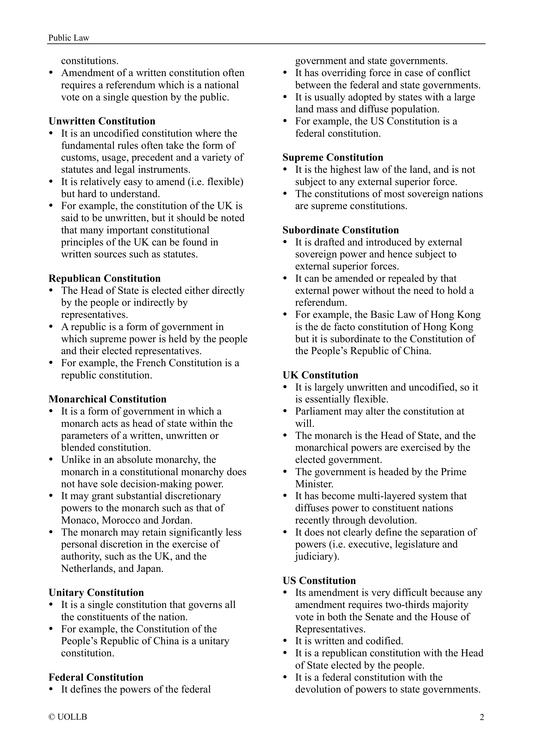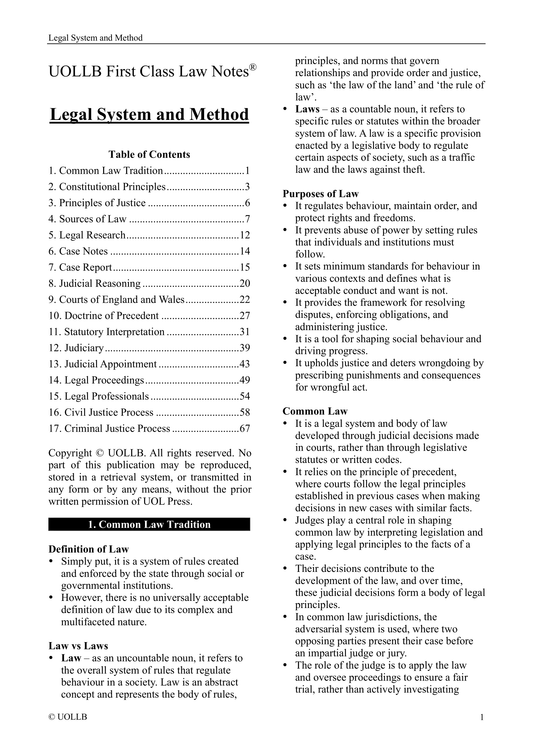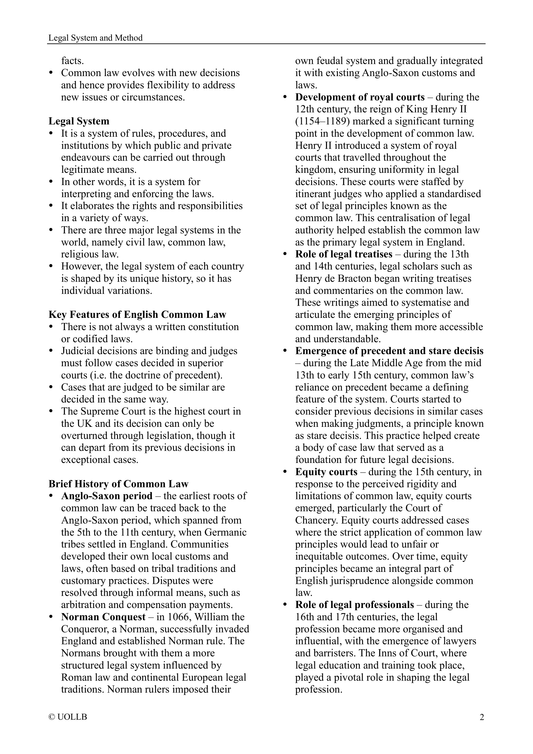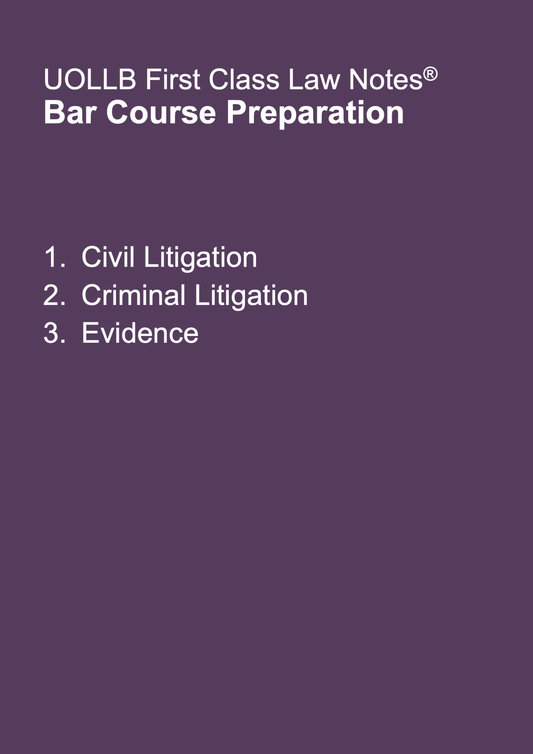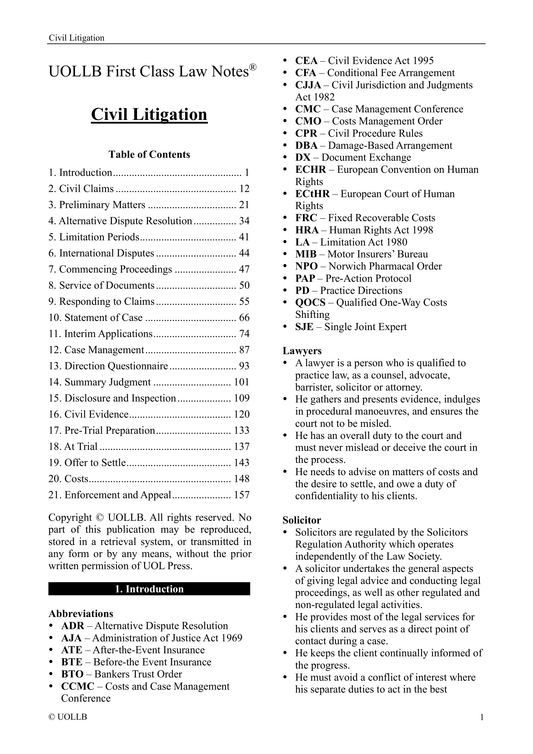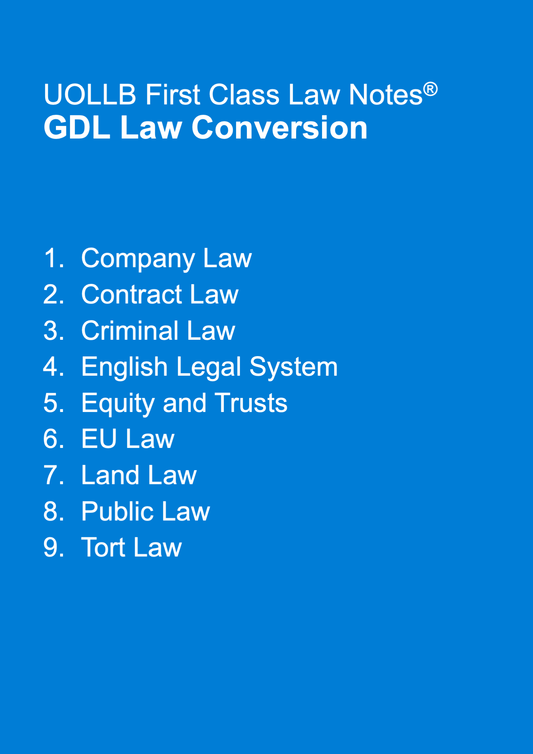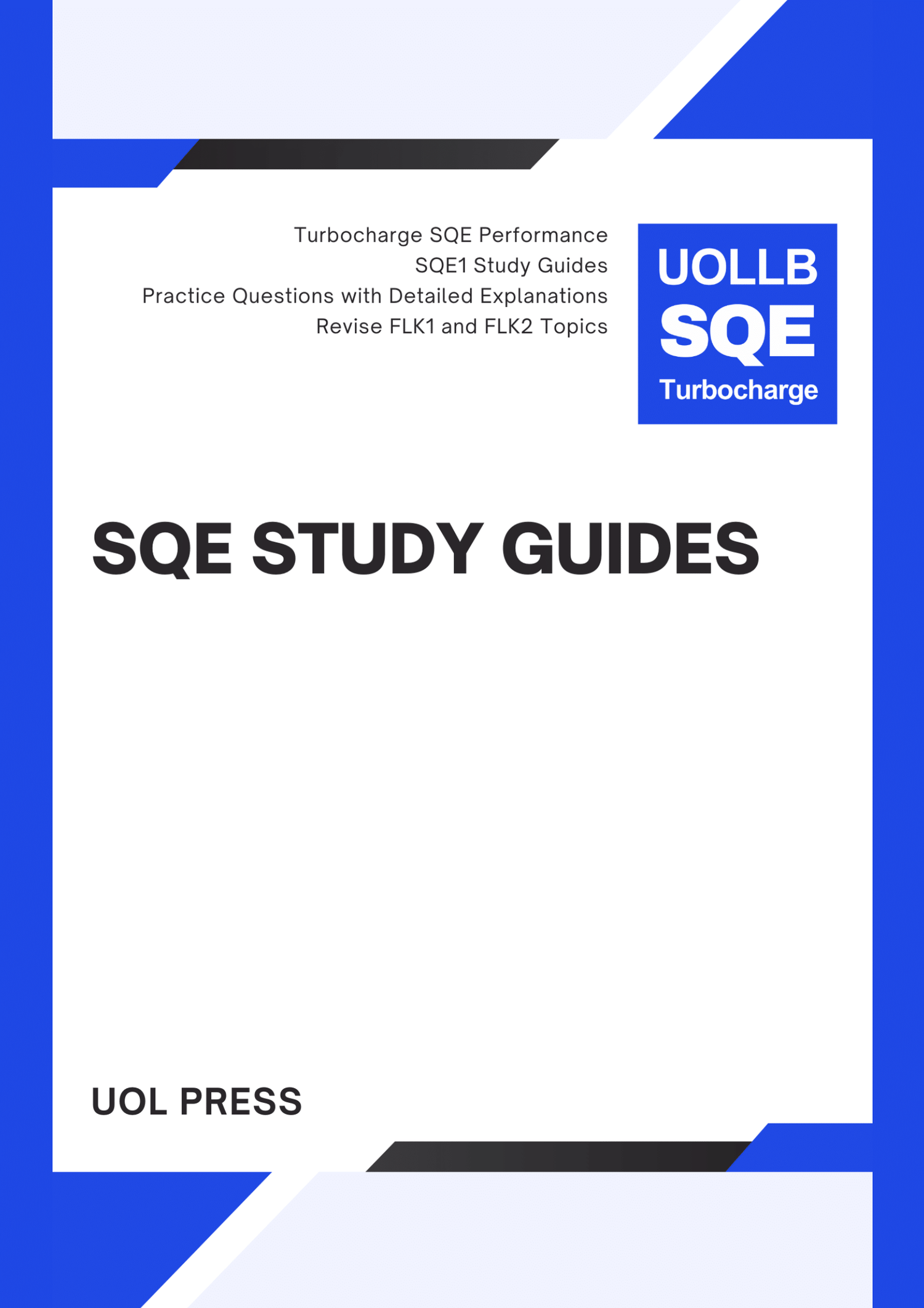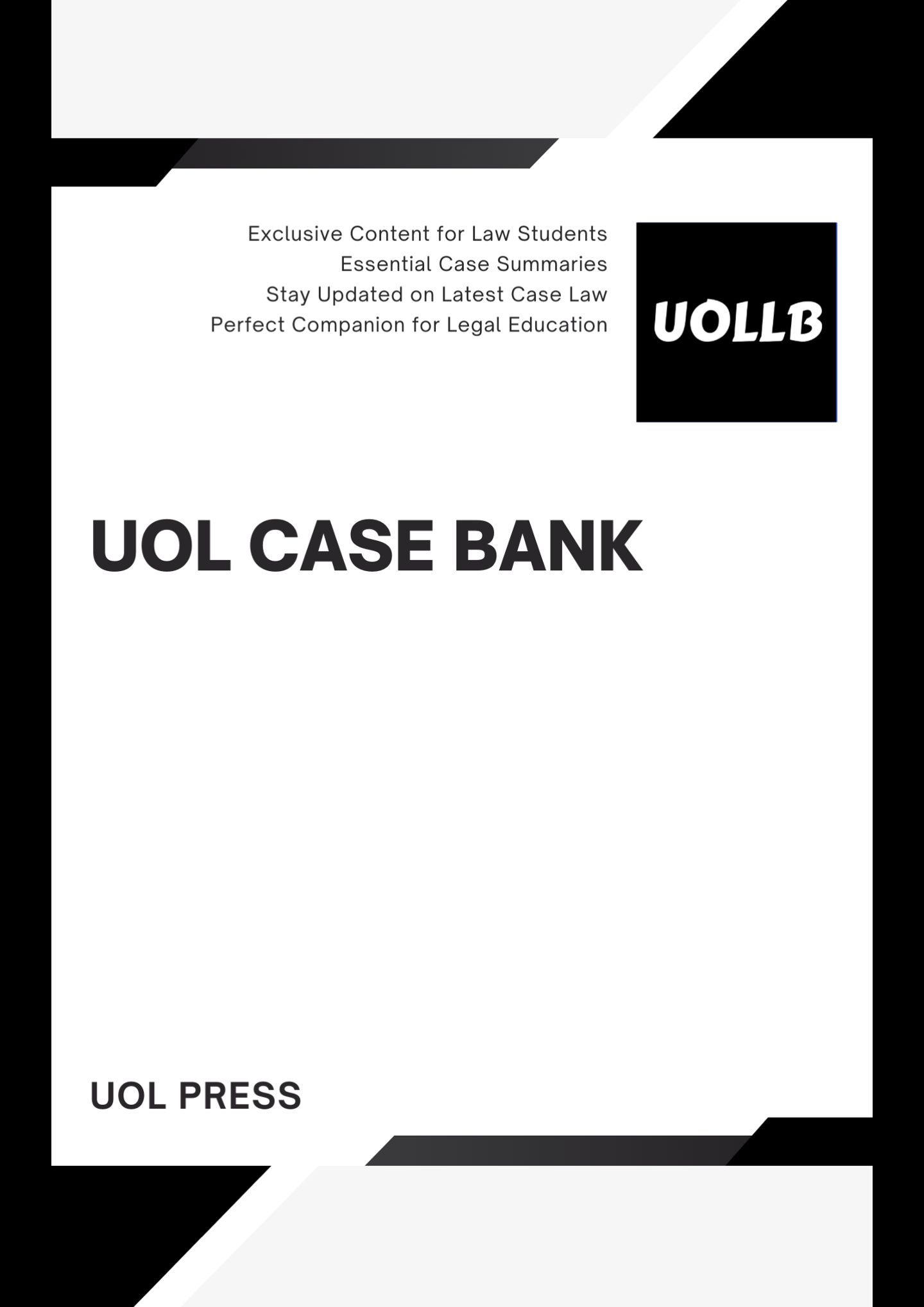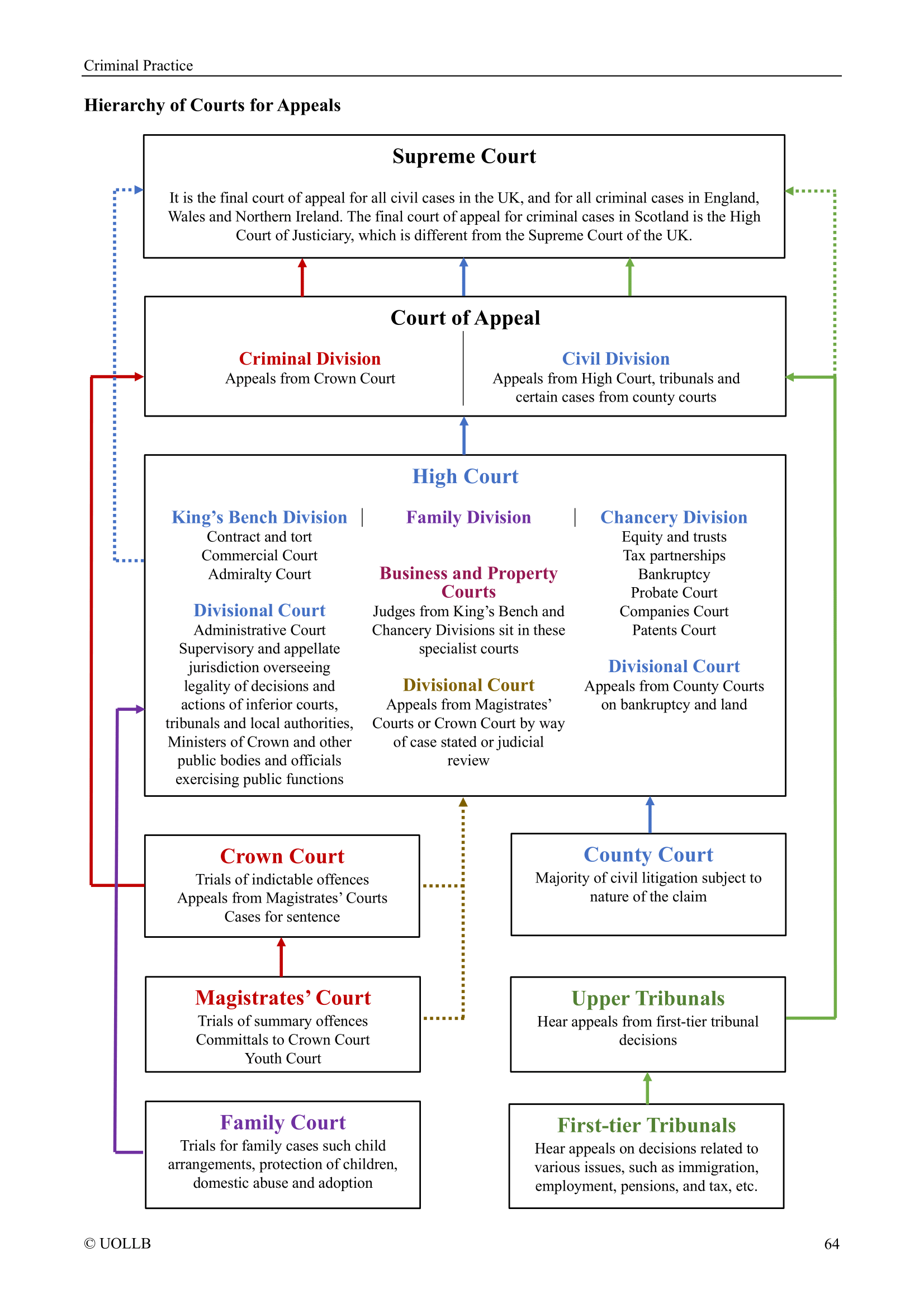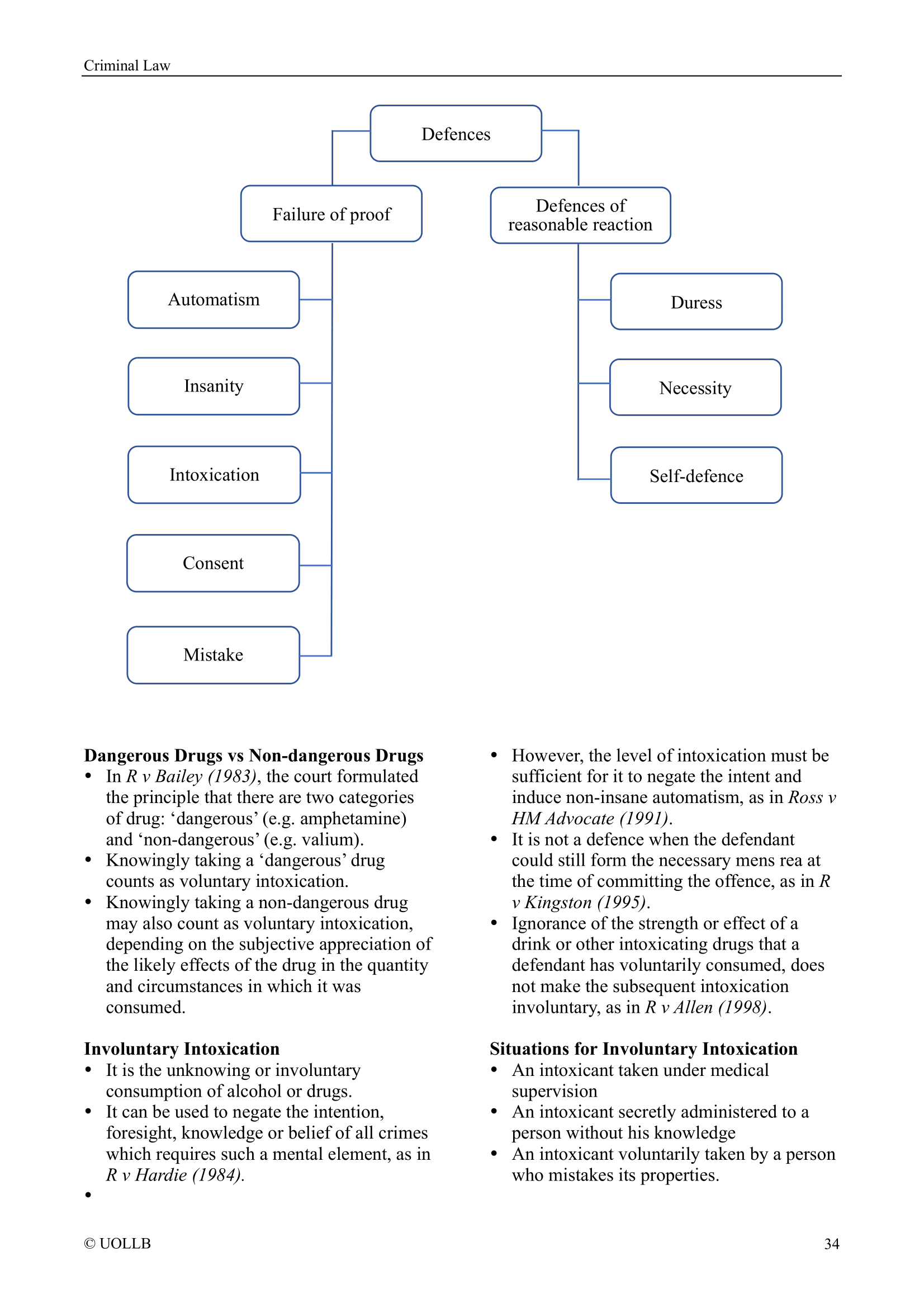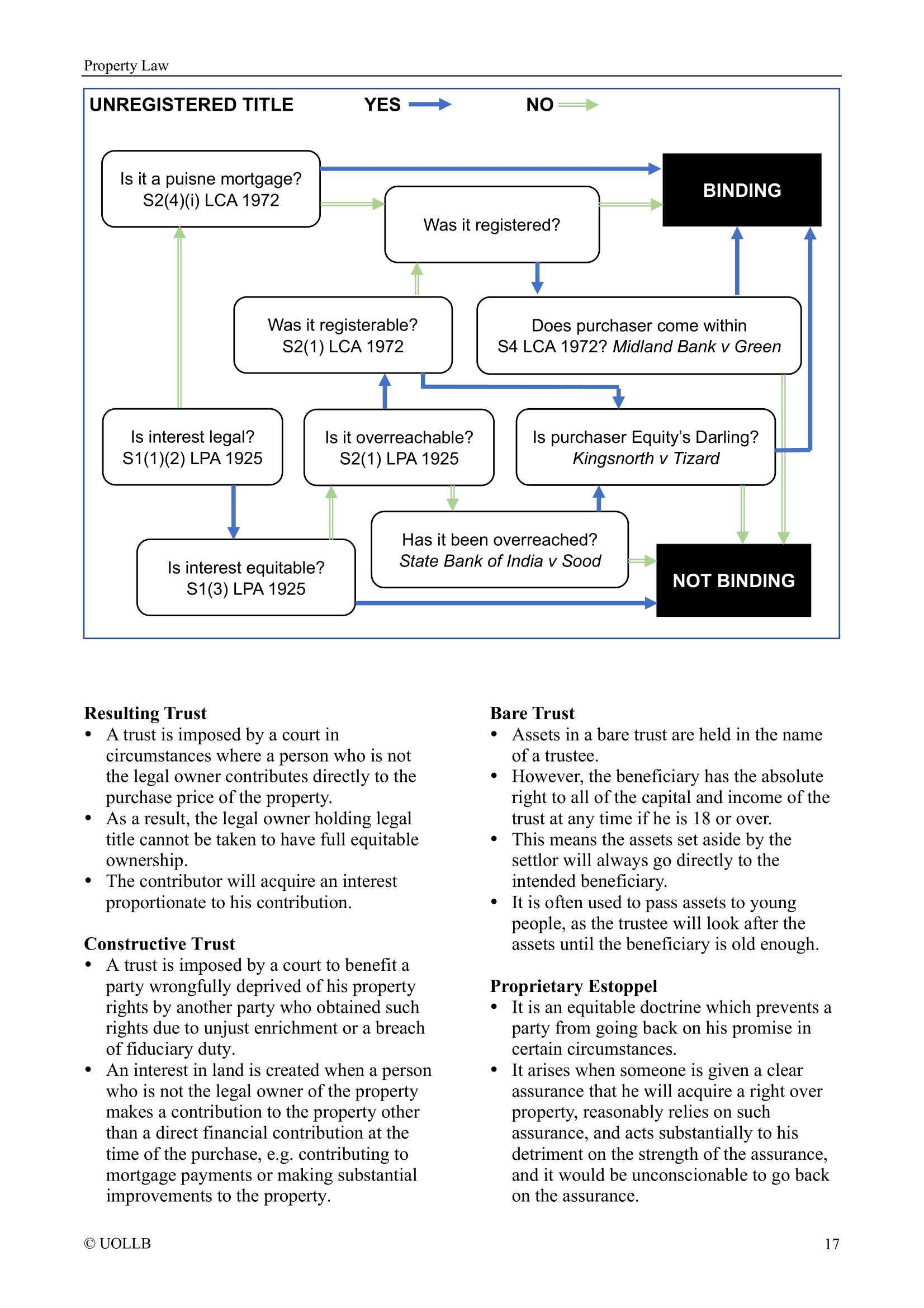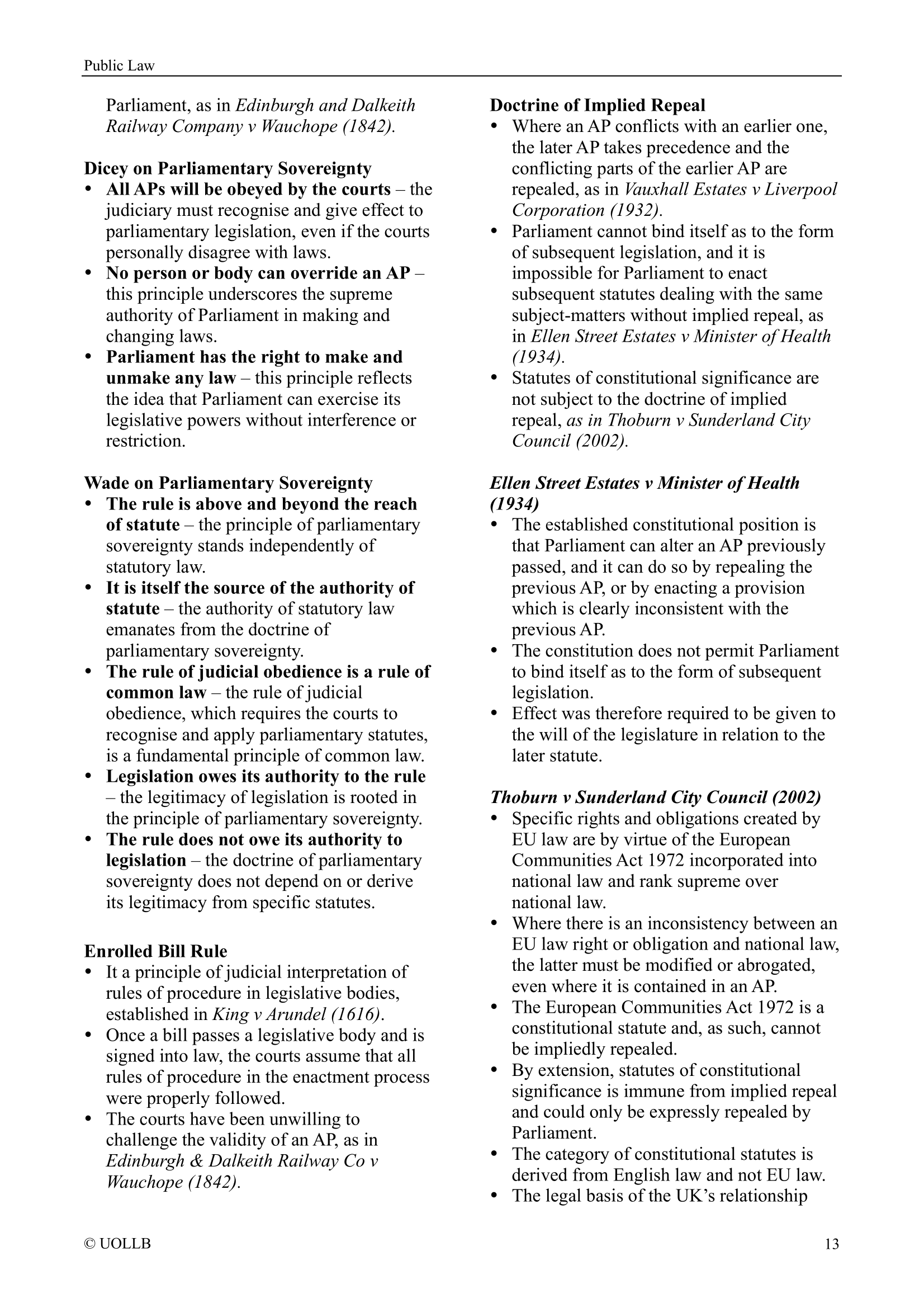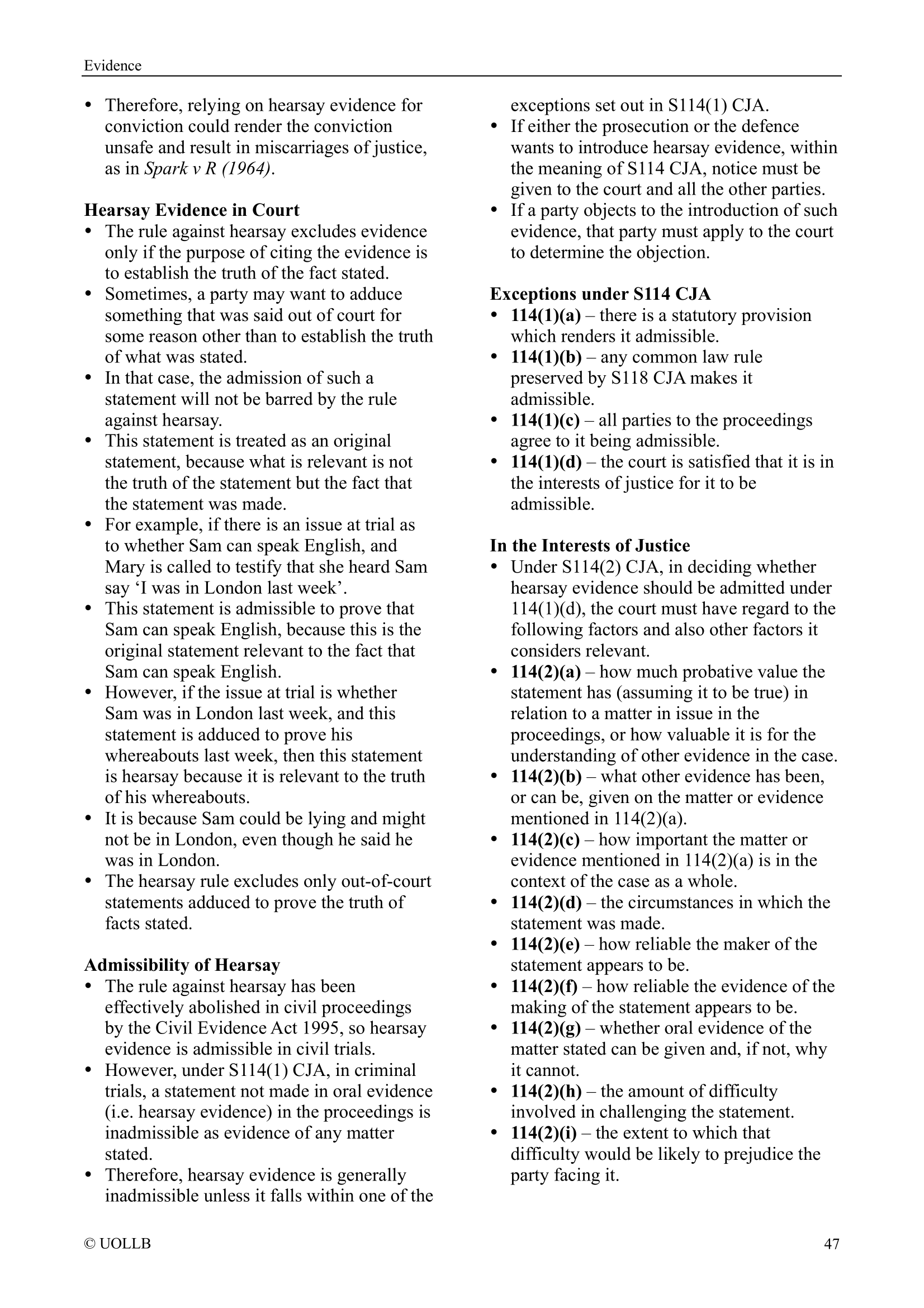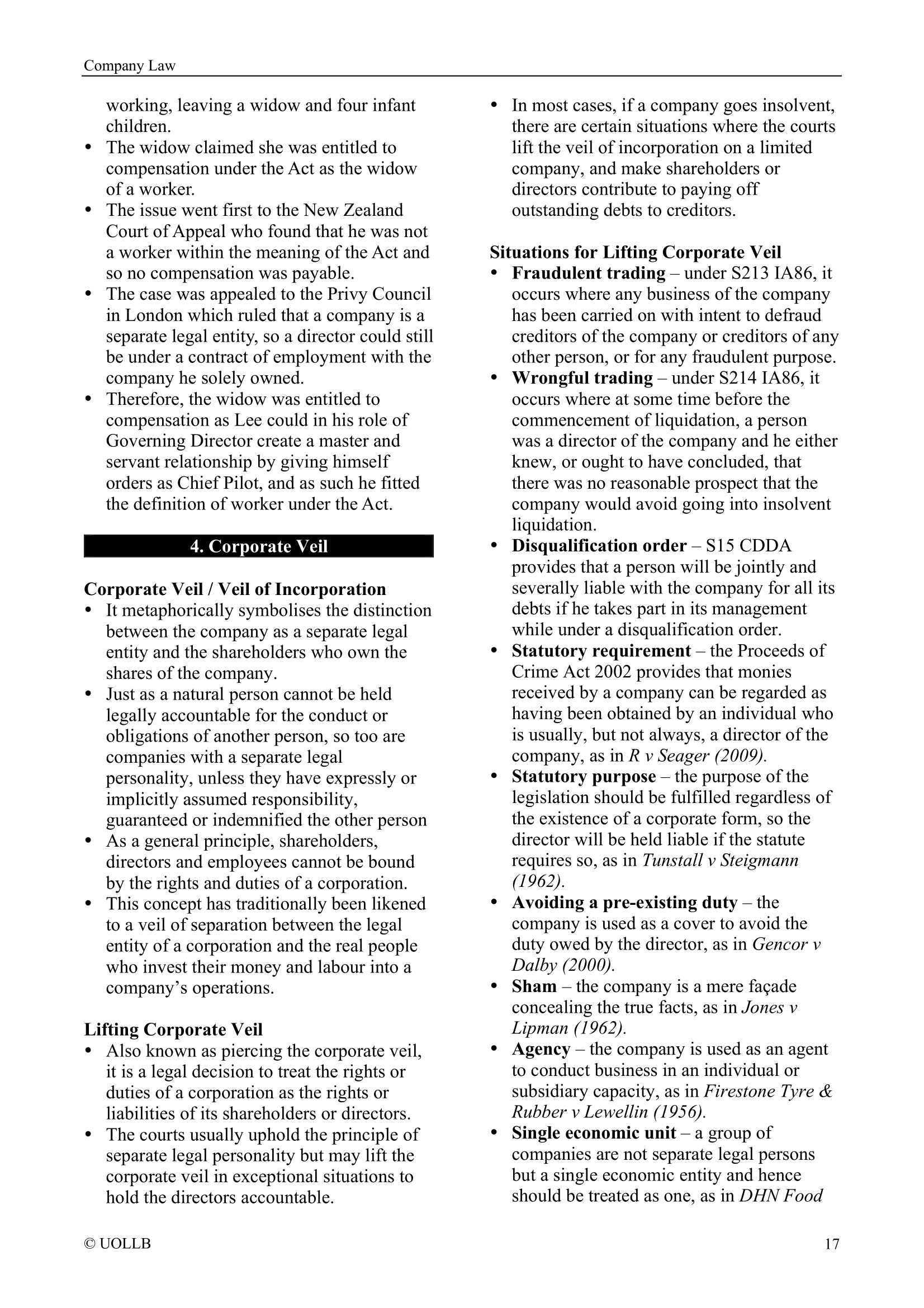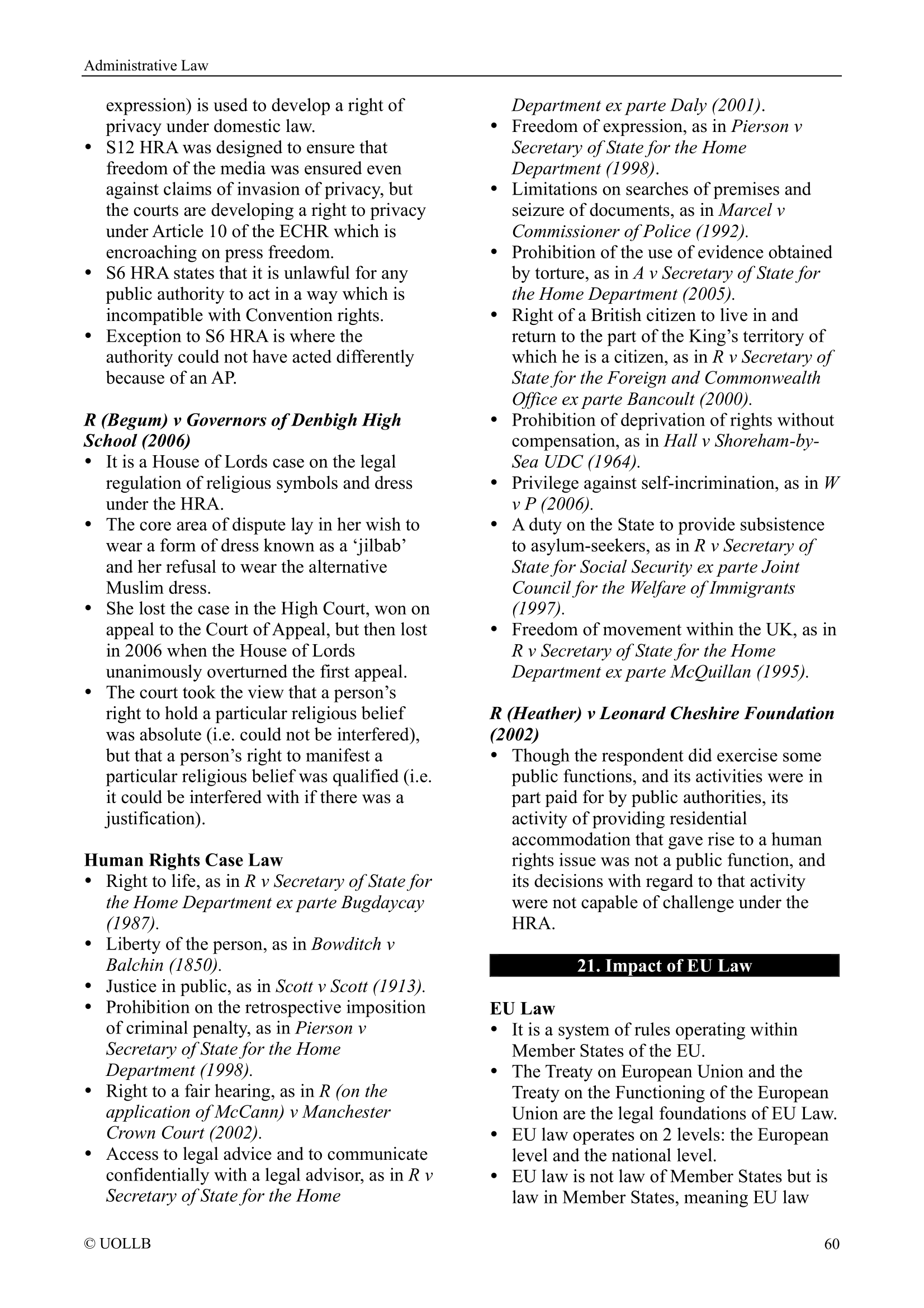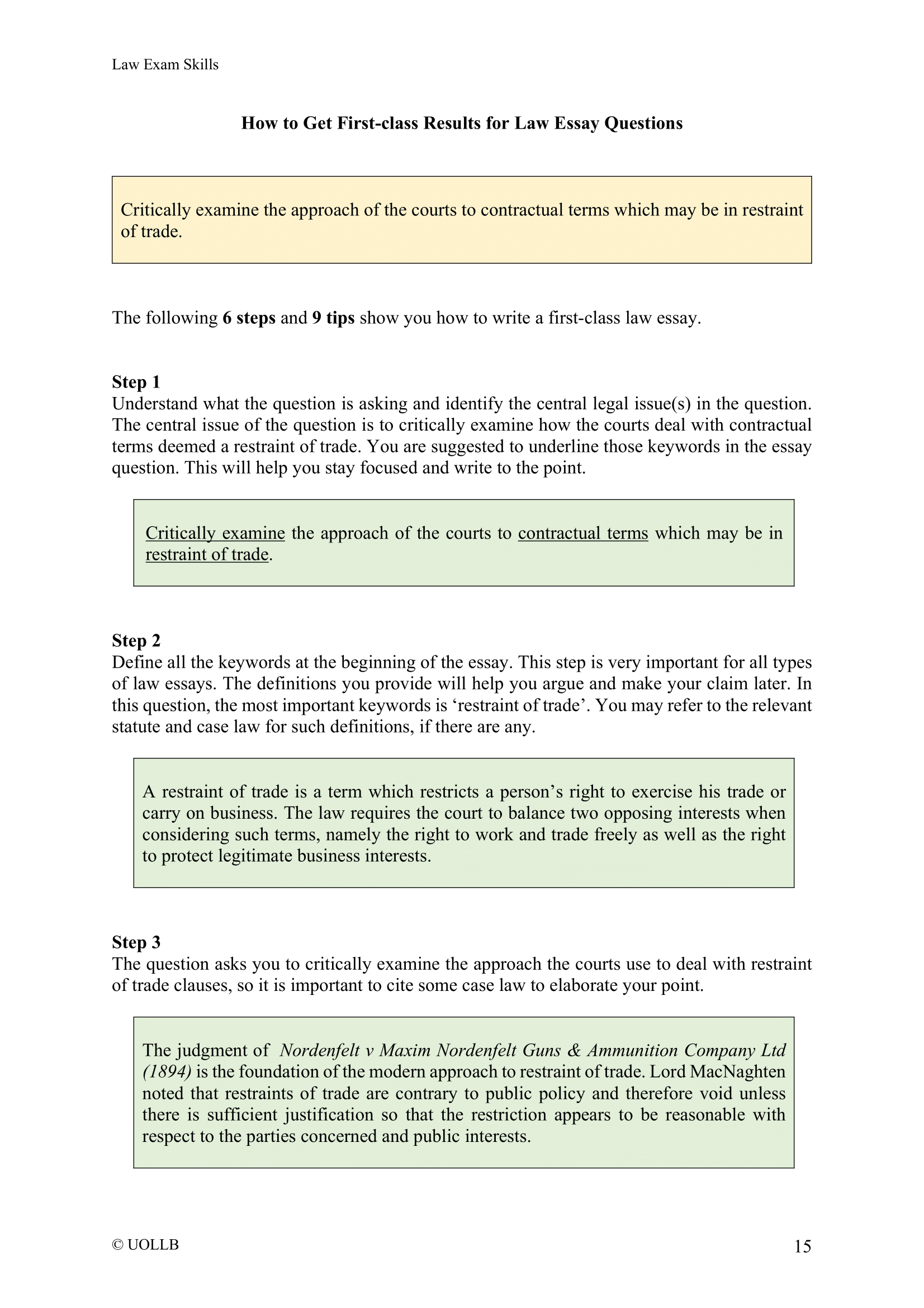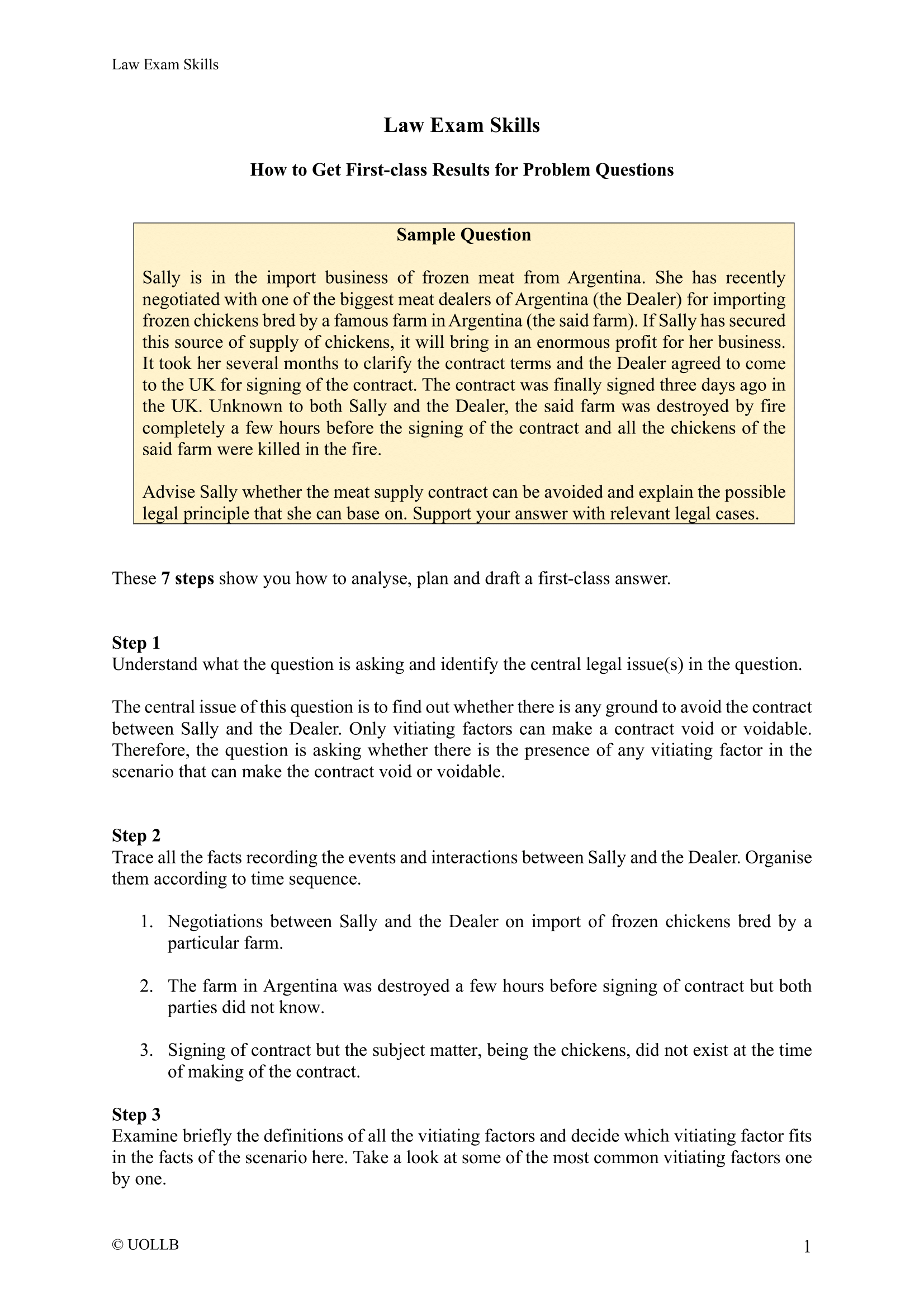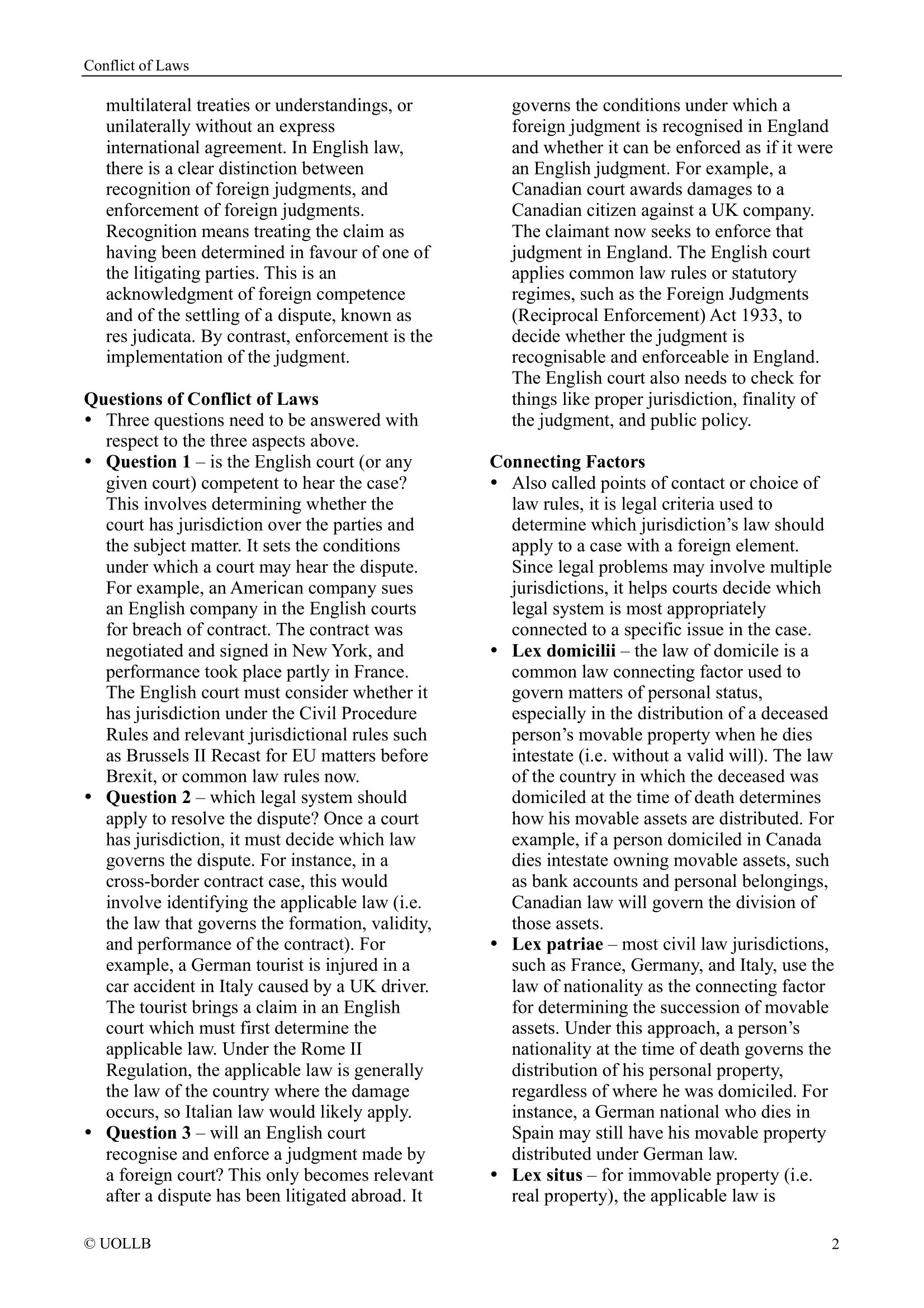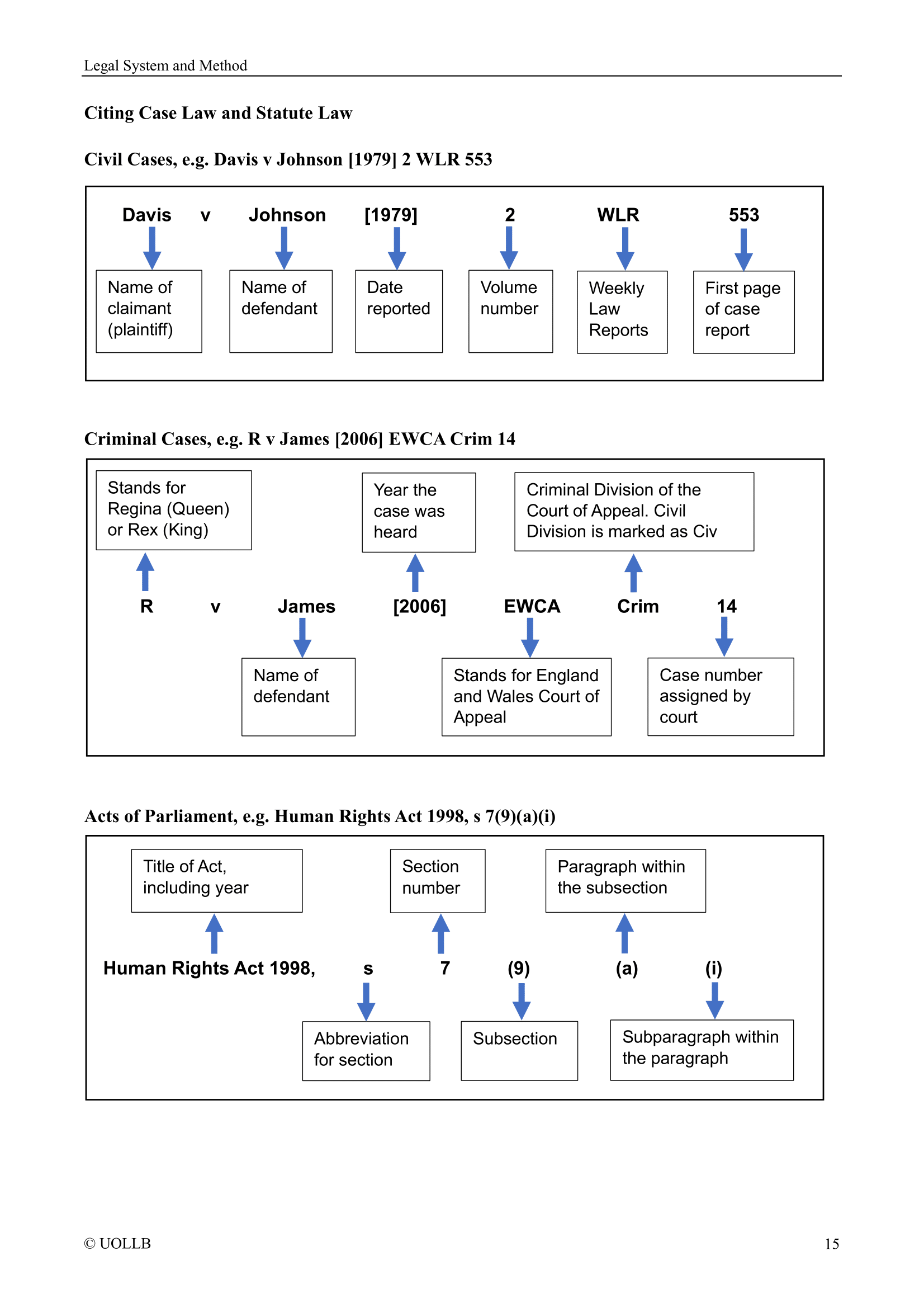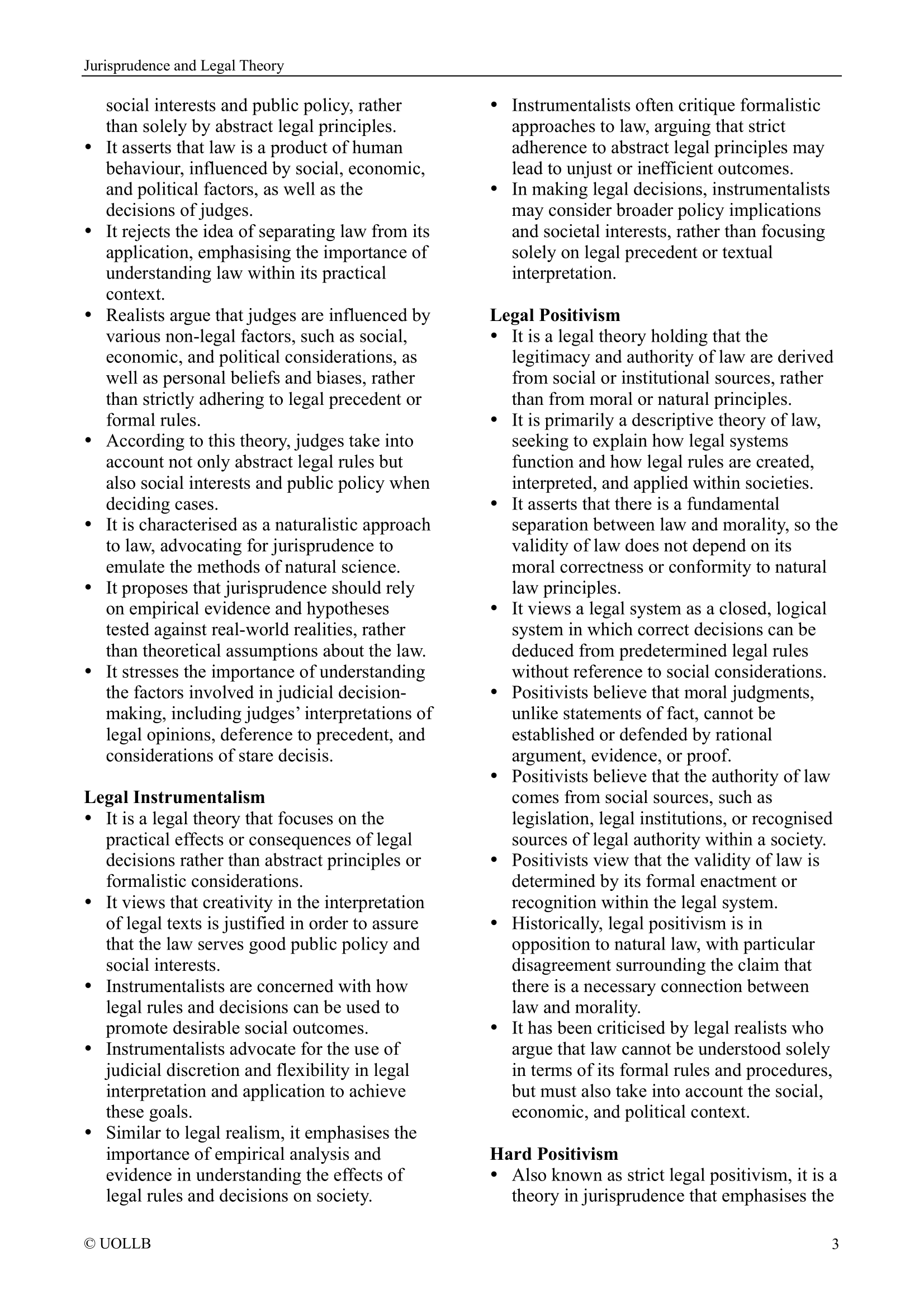IRAC Sentence Patterns
Share
IRAC is a structured method used in legal analysis to organise and present answers to legal problem questions systematically. It stands for Issue, Rule, Application, and Conclusion:
- Issue: Identifying the legal issue or question that arises from the facts of the case. This is the problem that needs to be resolved.
- Rule: Stating the relevant legal rule(s) or principles that apply to the issue. This could include statutes, case law, or general legal doctrines.
- Application: Applying the rule(s) to the specific facts of the case. This is where the legal reasoning takes place, demonstrating how the facts either satisfy or fail to meet the legal requirements.
- Conclusion: Summarising the findings and answering the legal issue. This provides the final outcome based on the analysis.
Here are IRAC sentence patterns to help you structure your answers for legal problem questions systematically.
Issue
- The issue in this case is whether [specific issue] arises based on the actions of [party].
- The primary legal question is whether [specific action/omission] constitutes [specific legal breach/duty/right].
- The dispute centres on whether [party] has met the requirements for [specific legal concept].
- The issue to be determined is whether [party] is liable for [specific legal claim].
- This scenario raises the question of whether [legal principle/statute] applies to the facts presented.
Rule
- Under [statute/case], the rule is that [insert legal principle or elements].
- [Legal principle or statute] states that [insert legal requirement].
- The case of [case name] established that [insert legal rule].
- For [specific legal concept] to apply, the following elements must be satisfied: [list elements].
- According to [statute/case], [specific action] must meet [specific criteria] to constitute [specific legal outcome].
- The relevant law here is [statute/case], which provides that [legal rule].
Application
- Applying the rule to the facts, it appears that [specific party] has [met/failed to meet] the requirements for [legal concept].
- In this case, [specific fact] satisfies [specific element] because [reason].
- [Party’s] actions are similar to those in [case name], where the court found that [specific action constituted a breach].
- "Given that [fact], it is likely/unlikely that [specific rule] applies to [party’s conduct].
- While [party] may argue [specific defence], the facts indicate that [reason why defence fails].
- Here, [specific fact] distinguishes the case from [case name], suggesting that [different conclusion].
- Although [counterargument], the stronger interpretation is that [legal reasoning].
Conclusion
- In conclusion, [party] is likely/unlikely to be [liable/not liable] because [reason].
- Based on the analysis above, it is likely that [specific legal outcome].
- Therefore, [specific remedy/right] should be granted to [party].
- Thus, it appears that [specific legal result] is the most appropriate conclusion.
- Overall, [party] will probably succeed/fail in their claim/defence due to [reason].
IRAC Example 1
[Issue] The central issue in this case is whether the defendant breached a duty of care owed to the claimant, as required under the principles of negligence. [Rule] The foundational principles of negligence were established in Donoghue v Stevenson, which introduced the neighbour principle, obligating individuals to avoid acts or omissions that could foreseeably harm others. This was further refined in Caparo Industries Plc v Dickman, where the court outlined a three-stage test: (1) the harm must be reasonably foreseeable, (2) there must be sufficient proximity between the claimant and the defendant, and (3) it must be fair, just, and reasonable to impose a duty of care in the circumstances. [Application] In the present case, the harm caused by the defendant’s actions was reasonably foreseeable because the defendant was aware of the potential risks their actions posed to others. There is sufficient proximity between the claimant and the defendant, as they were in a direct contractual relationship, or the claimant was directly affected by the defendant’s conduct. Furthermore, it is fair, just, and reasonable to impose a duty of care, given the defendant’s control over the situation and the claimant’s reliance on the defendant’s actions. [Conclusion] Accordingly, it is likely that the defendant breached a duty of care owed to the claimant, satisfying the elements of negligence. The defendant is, therefore, likely to be held liable under the law of negligence.
IRAC Example 2
[Issue] The issue in this case is whether a valid contract exists between the parties, specifically whether there was an offer and acceptance leading to a binding agreement. [Rule] Under contract law, for a valid contract to exist, there must be an offer, acceptance, consideration, and an intention to create legal relations. An offer is defined as a clear and unequivocal statement of willingness to be bound, as established in Carlill v Carbolic Smoke Ball Co. Acceptance must be unconditional and communicated to the offeror, as outlined in Entores v Miles Far East Corporation. [Application] In this case, the email sent by Party A constitutes an offer because it explicitly states the terms and conditions and shows a willingness to be bound by them. Party B’s reply agreeing to all terms without modification constitutes acceptance, as it mirrors the offer, meeting the mirror image rule. Furthermore, consideration is present since Party A promised to provide specific service in exchange for specific payment, satisfying the requirement of mutual exchange of value. Both parties’ actions, such as negotiating and signing documents, demonstrate a clear intention to create legal relations. [Conclusion] Therefore, it is likely that a valid and binding contract exists between Party A and Party B, as all the necessary elements of a contract are satisfied.
IRAC Example 3
[Issue] The issue in this case is whether the defendant can be held liable for trespass to land after entering the claimant’s property without permission. [Rule] Trespass to land is defined as the unlawful and intentional or negligent interference with another’s exclusive possession of land. As established in Entick v Carrington, any unauthorised entry onto another’s property constitutes trespass, regardless of whether damage occurs. The claimant must prove that they had lawful possession of the land and that the defendant’s actions interfered with it. [Application] In this case, the claimant clearly has lawful possession of the property, as evidenced by property ownership or lease agreement. The defendant entered the land without consent, which satisfies the requirement for unauthorised entry. Additionally, the defendant’s actions were intentional, as shown by the defendant knowingly ignored signs prohibiting entry. Although the defendant may argue that mistaken entry, such a defence is unlikely to succeed because trespass is actionable per se, meaning damage is not a necessary element of the claim. [Conclusion] Therefore, it is likely that the defendant will be found liable for trespass to land because his unauthorised entry interfered with the claimant’s lawful possession of the property.
